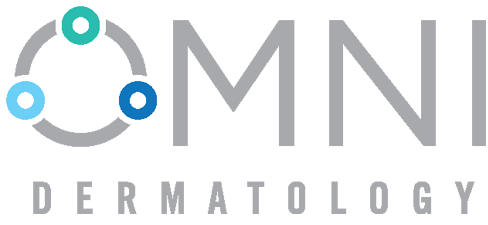WHY LOW ENERGY RADIOTHERAPY?
Over 50% of skin cancers occur in those over 60. This population also has a high incidence of risk for surgical procedures due to various disorders like diabetes and cardiac diseases that can slow the healing process.
The traditional treatment path for non-melanoma skin cancer has been Mohs surgery. This surgery involves a series of excisions of cancerous tissue and surrounding healthy tissue until the cancer can no longer be detected. This procedure can lead to substantial cosmetic surgery requirements and a drawn-out healing process which can result in infection.
Sensus Healthcare recognized a need for a different solution for non-melanoma skin cancer treatment for those who have a high surgery risk. Because 80 percent of skin cancers occur in the head and neck regions, where surgery would require great tissue loss and significant cosmetic repair after surgery, Sensus looked to a 50-year proven technique, known as low energy radiotherapy which goes no deeper than the thickness of the skin to effectively treat non-melanoma skin cancer.
Compared to the legacy orthovoltage systems that were used in the dermatology and radiation oncology practices, Sensus offers the SRT-100™ as a modern solution, which is a safe, effective, and reliable technology. The SRT-100™ meets today’s clinical and market needs by employing state-of-the-art technology for efficient and effective treatment of non-melanoma skin cancers.
5eb1bf0520e5d
SRT-100
The SRT-100™ helps bring safe, painless and effective non-melanoma skin cancer treatment to patients, right in our office. SRT is a low energy radiotherapy that goes no deeper than the thickness of the skin. It is a proven non-invasive procedure that has been used to treat non-melanoma skin cancer for over 50 years and is highly recognized. Because the superficial x-rays concentrate radiation dose on the skin surface, the treatment has several advantages over surgical procedures.
ADVANTAGES
5eb1bf052138f
WHAT CAN I DO TO HELP PREVENT SKIN CANCER?
CANCEROUS LESIONS OFTEN HAVE:
5eb1bf0521faa
WHAT IS THE UV INDEX?
Every day the UV Index is calculated for the next day for every zip code in the U.S. This index predicts the intensity of UV radiation at noon and is reported on a scale of 1 to 11+. On this scale, 1 signifies the lowest risk of overexposure and 11+ indicates the highest risk of overexposure.
5eb1bf052224e
FACTORS THAT AFFECT THE UV INDEX
SEASON
The UV Index is highest in spring and summer. It goes down in the fall and is the lowest in the winter.
LATITUDE
UV radiation is strongest at the equator and goes down as you move towards the north or south poles.
ALTITUDE
Because air at higher altitudes is thinner, UV radiation goes up as you “go up” in altitude.
TIME OF DAY
The intensity of UV radiation is highest at the time of “solar noon,” usually somewhere between noon and 1 p.m.
OZONE
Ozone absorbs UV radiation making it less intense. Ozone levels can fluctuate from day to day.
CLOUD COVER
Thick, heavy cloud cover can block most UV radiation, however, thin clouds can let most of the UV rays through. Fluffy, fair-weather clouds are deceiving because they reflect the rays and can increase the amount of radiation reaching Earth.
LAND COVER
Structures like trees and buildings lessen the amount of UV radiation that hits your skin.
EARTH SURFACE CHARACTERISTICS
Whatever is coating the surface of the Earth around you can reflect or scatter UV radiation. Snow reflects up to 80%, while sand reflects 15% and water reflects 10%.
